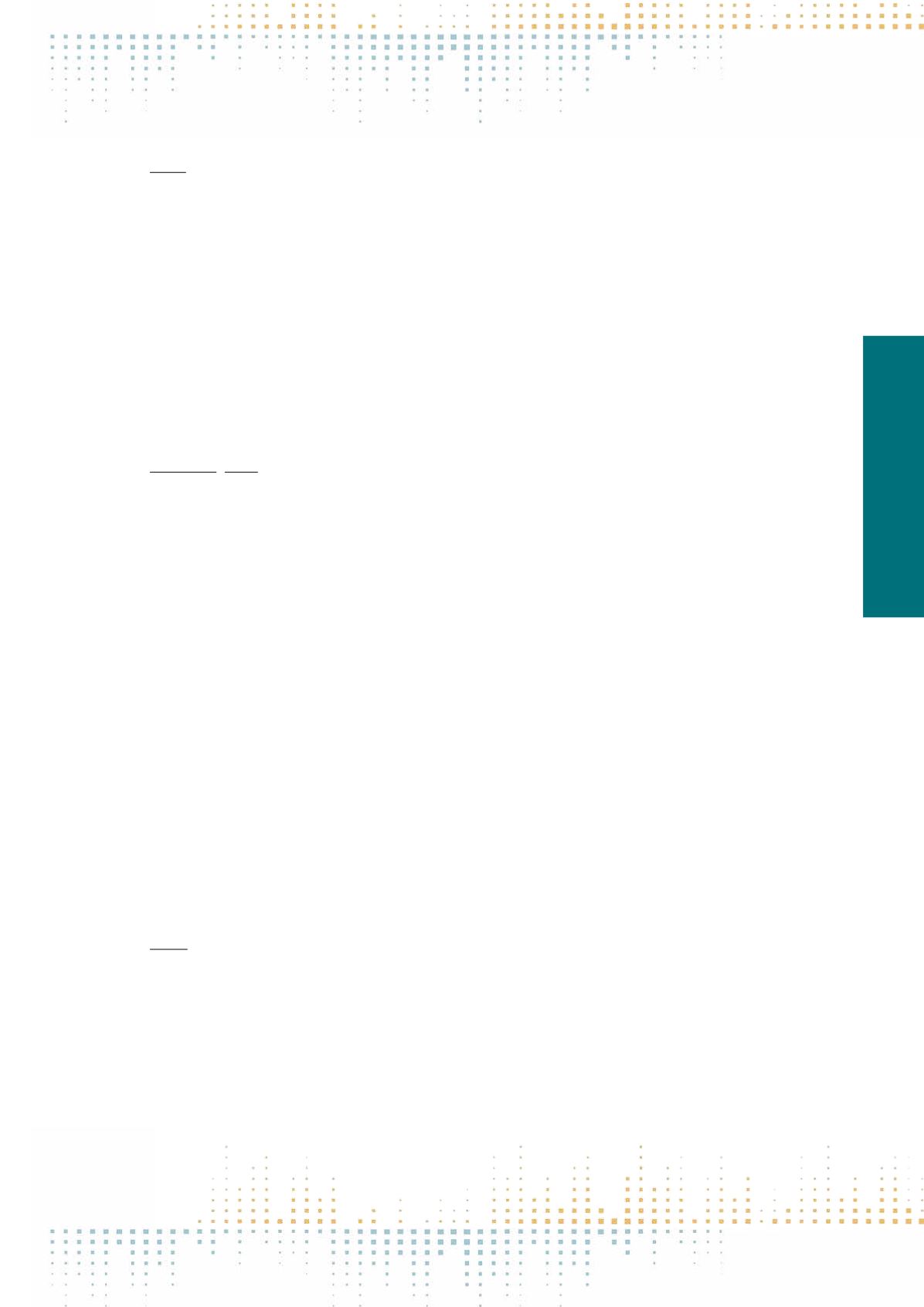

73
Thursday, November 10
1 6 : 3 0 – 1 8 : 0 0
PN 136
Time and Space of Protest: An Archaeological Perspective on Media Practices
A. Kaun
1
1
Södertörn University, Stockhom, Sweden
The proposed paper investigates media practices of protest movements from a media archaeological perspective. Rather than analyzing media as discourse
or narratives, media archaeology considers the material properties that constitute media technologies as well as their temporal and spatial consequences.
According to Jussi Parikka media archaeology is interested in“materialities of cultural practice, of human activity as embedded in both cognitive and affec‑
tive appreciations and investments, but also embodied, phenomenological accounts of what we do when we invent, use and adapt media technologies”
(Parikka 2012, 163). Hence, in this paper I investigate the temporal and spatial properties of media technologies employed by activists. The combination
of media archaeology and media practice theory is fruitful as it combines a materialist perspective on media with experiential aspects of media as practice.
Empirically, I am drawing on a diachronic, comparative study of media practices of protest movements of the dispossessed. The three movements exam‑
ined – the unemployed workers movement in the 1930s, the tenants’ movement in the 1970s and Occupy Wall Street in 2011 – emerged in the context
of large scale economic crises and represent attempts of filling the discursive void that the crisis situations induced. Based on extensive archival research
in combination with interviews with activists, I argue for a shift in media regimes that activists are navigating from mechanical speed to perpetual flow
towards digital immediacy and from a space to a hyper-space bias. Based on these shifts activists today are experiencing an increasing desynchronization
between media and political practices.
PN 137
From ‘Audiences’ to ‘Publics’: The Value of a Practice Framework for Research on Alternative and Social Movement Media
H. Stephansen
1
, E. Treré
2
1
University of Westminster, London, United Kingdom
2
Scuola Normale Superiore, Florence, Italy
There is now a well-established literature on alternative and social movement media; however, the question of the audience has remained a blind spot in
this scholarship (Downing, 2008). Researchers working in these fields have tended to focus on the practices and intentions of media activists, the content
and form of alternative/social movement media, as well as their organisational structures and platforms for dissemination. In efforts to theorise alternative
and social movement media, the ‘audiences’ of such media tend to remain implicit rather than explicit (if mentioned at all), and little empirical research
has been done on the ways that ‘audiences’ engage with alternative/social movement media. Yet an understanding of how alternative/social movement
media are received and mediated by their context of reception is arguably crucial for assessing the democratic potential of such media. This paper develops
a conceptual framework for thinking about the ‘audiences’of alternative/social movement media that takes as its starting point the recent ‘turn to practice’
in media research (Couldry 2004, 2012). Moving beyond a narrow concern with media texts or political economy, a practice framework focuses attention on
the broad range of socially situated practices that develop around media. Such a concern with practice has been taken up in recent scholarship on the re‑
lationship between social movements and media (for a review see Mattoni & Treré, 2014), as a means of moving beyond media-centric conceptualisations
of movements’ media use that emphasise novelty and technological affordances (Barassi, 2015). Most work in this area has focused primarily on activists’
media practices; however, a practice framework can also provide a fruitful approach to conceptualising the ‘audiences’ of alternative/social movement
media. Drawing on empirical data from research on Southern European anti-austerity movements and media activism in theWorld Social Forum, the paper
develops a framework for theorising alternative and social movement media that takes into account both the ‘audiences’ and ‘producers’ of such media,
and indeed blurs the neat distinction between the two categories. Its basic argument is that adopting a practice framework necessitates refocusing our
attention from ‘audiences’to ‘publics’, as it brings into view how media activists seek not just to reach audiences but to create publics. Arguing that publics
cannot be seen as constituted purely through the circulation of discourse, the paper develops a practice-based understanding of publics that emphasises
the material and social aspects of processes of public-formation. Such a practice-based understanding of publics can provide a framework for analysing
and researching both the practices through which media activists seek to create publics (e.g. journalistic practices, organisational practices, networking
practices), and the practices through which‘audiences’participate in such publics (e.g. practices of distribution, remediation, mixing and so on). In this per‑
spective, the ‘producers’and ‘audiences’of alternative/social movement media are seen as mutually constitutive of publics rather than separate categories.
PN 138
When Practice Is Entangled with Technology
S. Milan
1
1
University of Amsterdam, Amsterdam, Netherlands
The recent ‘turn to practice’that has empowered observers of media activism at the intersection of media research and the sociology of collective action is
a harbinger of fruitful interdisciplinary conversations. In particular, it has encouraged the emergence of a new, shared vocabulary that takes into account,
e.g., how collectivities come into being and how emancipation-through-media works and what it means for individuals and communities. However, in
the general excitement that such dialogue brings along, technology risks being the elephant in the room. Technology evokes possibilities and constraints
to social action. Considering media, including media infrastructure, platforms, policies and their social consequences, as a black box is increasingly a risk
in the current complex mediascape—one that escapes the primary interests and sometimes the skills of media scholars, as well as their ability to observe
sociotechnical phenomena, for lack of access and transparency. Practices are in fact increasingly sociotechnical in nature, in that social practices as they re‑
late to media are deeply affected by the features of the technological artefacts on which they unfold. This paper reflects on the‘turn to practice’in the study



















